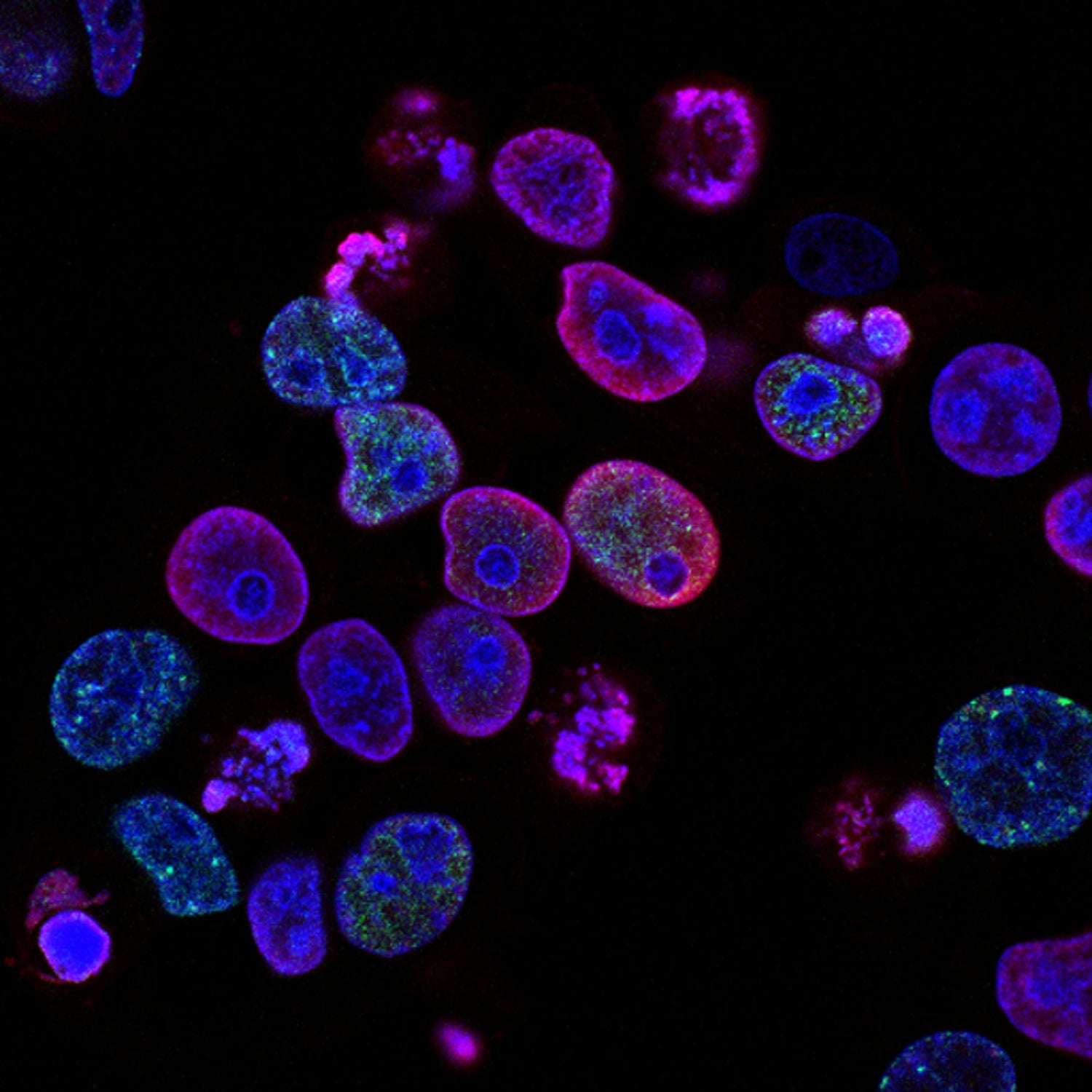
Understanding Stem Cells
Stem cells are unique cells with the remarkable potential to develop into many different types of cells. They are at the early stage of their development and do not yet have a specific function. However, they serve as the foundation for all cell replenishment in the body, as every cell ultimately originates from a stem cell.
Stem cells are unique cells with the remarkable potential to develop into many different types of cells. They are at the early stage of their development and do not yet have a specific function. However, they serve as the foundation for all cell replenishment in the body, as every cell ultimately originates from a stem cell.
Think of stem cells as the "young recruits" of our bodies. Just as students train to become doctors to address future healthcare needs, stem cells are in a preparatory phase, ready to transform into specialised cells to meet various bodily needs.
While it is widely known that stem cells are present in the bone marrow, they are also found in various other parts of the body, and different types of stem cells exist to fulfil specific functions.
Where to find Stem Cells
Where to find Stem Cells: Other than bone marrow, stem cells can be found in adipose tissue (fat), hair follicles, the brain, the derma (skin), heart, and even our teeth.
Types of Stem Cells
Types of Stem Cells: Stem cells come in different forms and have specific functions. A blood stem cell would not support tooth regeneration, an epithelial stem cell would do nothing to improve neural functionality, and a neural stem cell would not heal a diabetic wound.
Using Stem Cells for Treatment
Knowing the power of these cells to treat illnesses means that scientists have been researching techniques to concentrate stem cells whilst keeping their viability. A well-known example could be in the field of Oncology. Blood cancer is often treated with stem cells gathered from bone marrow; either the patients or a donor sharing the same blood type.
Likewise, stem cells from bone marrow are used to treat serious injuries caused by burns, car accidents, or non-healing wounds. In a serious wound that would be considered chronic, the amount of cells in necrosis makes it challenging for the body to repair on its own. By treating it with viable stem cells, the snowball effect of cell necrosis can be stopped in its tracks and tissue can rapidly begin building structure.
They can also be useful in healing orthopaedic injuries. This is all because administrating a concentrated colony of viable mesenchymal stem cells builds new tissue that is harder to replenish with tendons and in joints. The list goes on, with many treatments being successful in Gynaecology, Urology, IVF, Cosmetics, and Dentistry.
The Future of Stem Cell Treatments
Whilst miraculous, the downside of stem cell treatments are that they can be quite invasive (in the case of bone marrow harvesting). This means that only a small group of doctors can undertake such procedures and it remains a quite specialist operation. But, as mentioned earlier, there are many other parts of the body that tissue rich in stem cells that are far less invasive than drilling into bone. The historic issue for harvesting stem cells from these other tissues, is that they are often embedded in a mesh of many other tissues that are not useful and, if injected as collected, would be unviable.
But T-Lab has changed the game, developing a product that uses the fatty adipose-tissue in the stomach, breaks down the tissue into its constituent parts, and isolates the mesenchymal stem cells. These MSC can be collected and injected or applied to any injury relating to skin, muscle, or hair.
SVF: How it works
- Adipose tissue is harvested through lipo-aspiration
- Triglyceride and tumescence is discarded
- The remaining apidose tissue is collected in a unique syringe, suitable for centrifugation
- After centrifugation, further tumescence is removed and only the tissue rich in mesenchymal stem cells is transferred into 20ml syringes.
- The tissue is then pushed through a series of microlysers (filters and blades).
- Finally, the sample is centrifuged a second time and the stem cells will be deposited at the bottom of the tube
Because stem cells are trapped within a complex of fat cells in a spider-web like structure called vascular fragments, the only way to release them is to mechanically break down the tissue. This is the job of the T-Lab Microlysers; the blades begin to cut through the vascular fragments and allow the apidose tissue and stem cells to move freely. The final stage of centrifuging the tissue separates all the cells by density. The result is that the stem cells sit on the bottom of the tube and in some of the fluid just above. This can be collected for injection.
